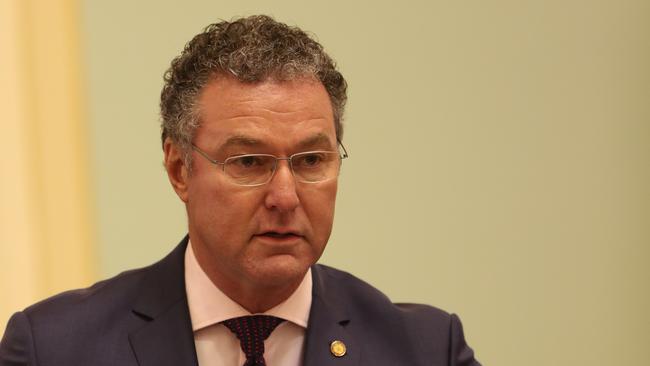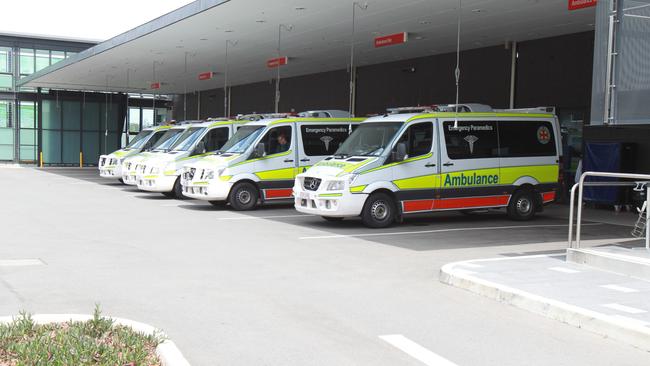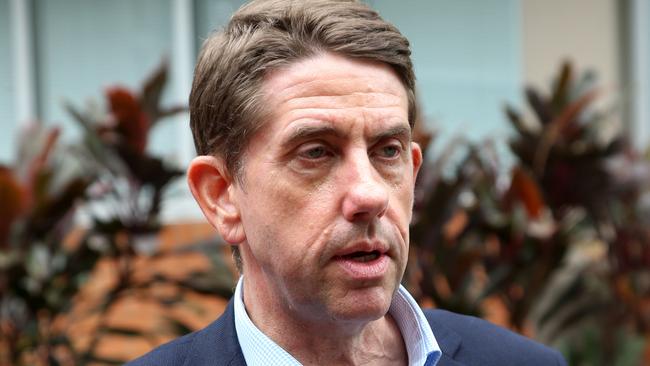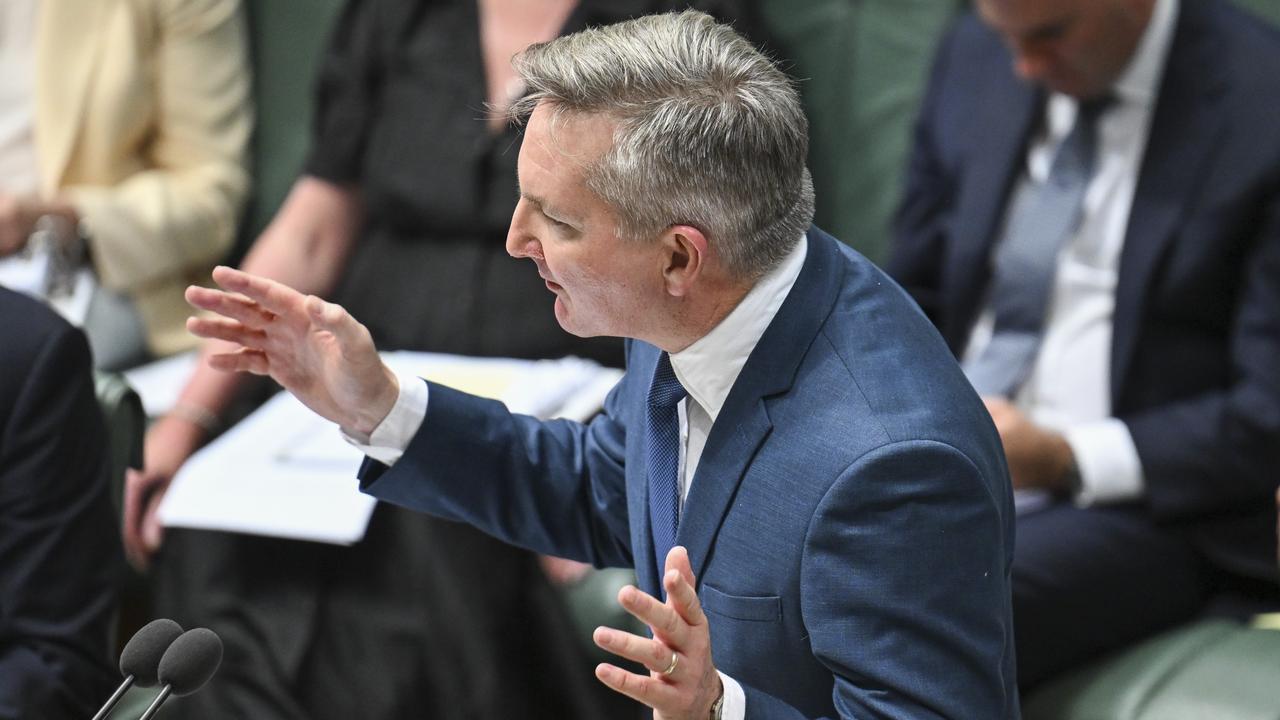Paul Weston: Why the Gold Coast can be the worst place to call for an ambulance
OUR ambulances are getting slower in reaching critical transports. On the Gold Coast, the arteries of our roads are clogging while older patients sit waiting. The combination is fatal.

Opinion
Don't miss out on the headlines from Opinion. Followed categories will be added to My News.
OUR ambulances are getting slower in reaching critical transports. On the Gold Coast, the arteries of our roads are clogging while older patients sit waiting. The combination is fatal.
On the Smith Street Motorway earlier this week, during the 5pm peak grind westbound, a police car trails an ambulance, the female copper angrily waving at motorists who try to push their way into the lane.
“Some cars will move to let the ambulances through. But not everyone will do the same. There’s a lot of confusion,” an ambos source says.
Opposition health spokesman John-Paul Langbroek, the Surfers Paradise MP, has been monitoring the QAS response times.

In 2014 on the Coast, at least 50 per cent of emergency incidents or Code Ones were responded to in 8.6 minutes. Latest data shows the response time is 9.4 minutes.
Search the QAS performance indicators and you will find the Coast only trails the Torres Strait and Cape York as the worst place to get an ambulance in an emergency.
In the Queensland’s south west district, an ambulance will reach you within 6.9 minutes. In the north at Townville, it is 7.8 minutes.
Sixty seconds in a critical incident can be the difference between sustaining a severe brain injury or losing your life.
“In the last two years, Code One response times have blown out leaving our most sick and injured waiting for help,” Mr Langbroek told your columnist.
“Every second counts in an emergency and if our ambulances are caught in traffic or worse ramped at a local hospital then we have a serious problem.”
Ask around the medical coal face and several reasons emerge as to why these response times are climbing.

More ambulances are being ramped at the Gold Coast University and Robina hospitals. Fewer are out on the road.
When paramedics are on the road, they confront the road works underway for next year’s Commonwealth Games and the constant threat of Pacific Motorway gridlock.
The paramedics know motorists stalled on the highways are unsure whether to move to the right or left creating a middle path. Some refuse to move at all.
Health Minister Cameron Dick acknowledges the Coast health service is confronted with a significant increase in demand for ambulance services.
The number of emergency calls for help increased by 16 per cent from 88,691 in 2013-14 to 102,798 in 2016-17.

“Despite the big jump, the response time for the most urgent calls has remained relatively stable at around seven-and-a-half minutes,” he told your columnist.
The Government has employed 47 extra ambos since 2015 but Mr Dick admits traffic congestion is an “every present problem” on the Coast.
New emergency vehicle technology is being rolled out with 51 emergency cars fitted and 402 intersections enabled to give paramedics a green light.
But if the times continue to blowout other quick solutions must be found because the lives of our rapidly ageing population are at risk.


